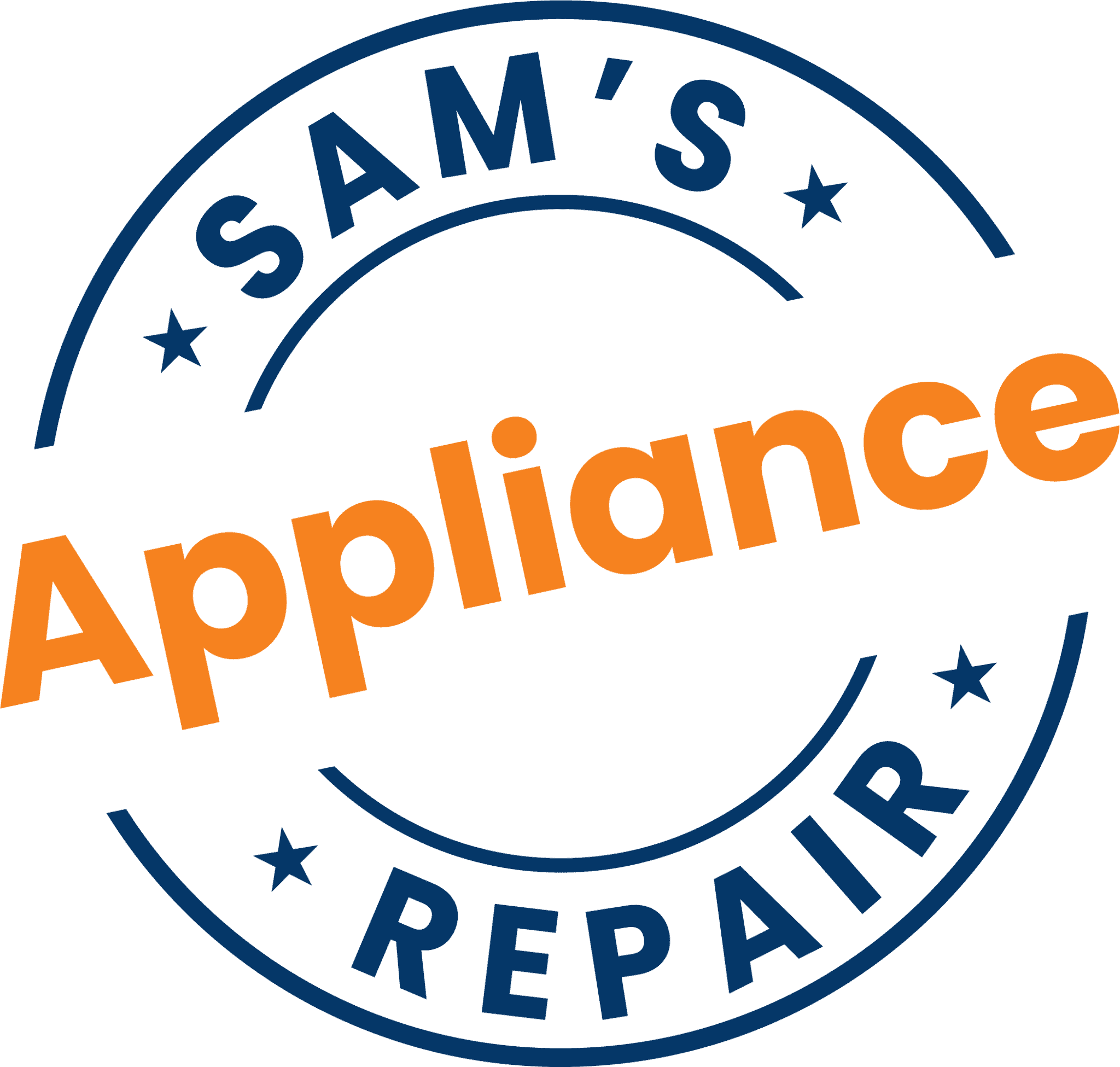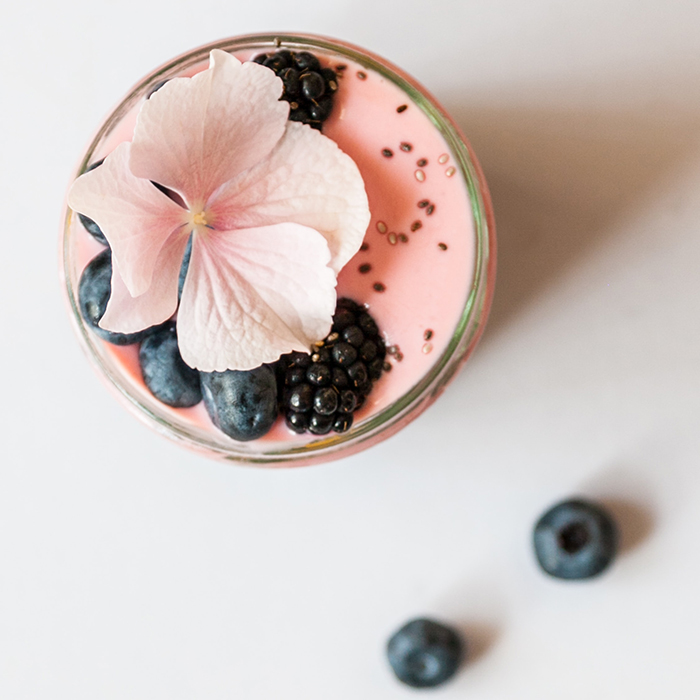How Laundry Detergents Work: The Science Behind Clean Clothes
For most of us, laundry detergent is just a staple product we grab off the shelf and toss into the washing machine without much thought. But have you ever wondered how it actually works? How does a scoop of powder or a swirl of liquid manage to strip away sweat, grime, and yesterday’s coffee spill? As it turns out, there’s some pretty interesting science packed into every bottle of detergent.
Let’s take a look at what laundry detergent is made of and how it does the heavy lifting in your laundry routine.
The Basics: What Is Laundry Detergent?
Laundry detergent is a blend of several key ingredients designed to remove dirt, stains, and odors from fabric. While it might look simple, it’s a blend of several key ingredients, each with a specific role:
- Surfactants (surface active agents): These are the workhorses.
- Builders: Help soften water and improve surfactant efficiency.
- Enzymes: Break down stubborn stains.
- Polymers: Prevent dirt from re-depositing on clothes.
- Fragrances & Brighteners: Make things smell fresh and look clean.
Let’s break down how all of this works in a typical wash cycle.

Surfactants: The Dirt-Lifting Powerhouses
At the heart of every detergent are surfactants. These molecules have a split personality: one end is hydrophilic (attracted to water), and the other is hydrophobic (repelled by water but attracted to oils and grease).
When you add detergent to your laundry, the surfactants get to work by surrounding greasy dirt particles. The hydrophobic ends latch onto the grease, while the hydrophilic ends point outward toward the water. This forms little spheres called micelles—basically dirt bubbles suspended in water—allowing the grime to be rinsed away instead of clinging to your clothes.
This is why simply rinsing with water doesn’t work. Water and oil don’t mix, but surfactants act as a bridge between them.
Enzymes: The Stain Specialists
Modern detergents often contain enzymes, which are natural proteins that speed up chemical reactions. Each enzyme targets a specific type of stain:
- Proteases break down proteins (like blood or sweat).
- Amylases tackle starches (like pasta sauce).
- Lipases dissolve fats and oils (hello, pizza grease).
- Cellulases help remove tiny fuzz and keep colors bright.
These enzymes are like miniature stain-busting machines, breaking big, hard-to-clean molecules into tiny, water-soluble ones that can be easily rinsed away.
Builders: Water Conditioners
Not all water is created equal. “Hard water,” which contains lots of minerals like calcium and magnesium, can interfere with how well your detergent works. That’s where builders come in.
Builders soften the water by binding with those minerals so the surfactants can do their job more effectively. They also help maintain an optimal pH level to enhance overall cleaning.

Polymers: The Anti-Re-Deposition Squad
Once the dirt is lifted from your clothes, you definitely don’t want it to settle back in. That’s where polymers play a critical role. These molecules trap the loosened dirt particles and keep them suspended in the wash water until they can be rinsed away. It’s like a security escort making sure the grime gets escorted right out of your laundry.
Additives: The Finishing Touches
To make detergent more appealing and effective, manufacturers often add:
- Fragrances to leave your clothes smelling fresh.
- Optical brighteners to reflect light and make whites look whiter.
- Color-safe bleach to help remove stains without fading fabrics.
While these don’t contribute much to the cleaning process itself, they’re key to the “just-washed” look and feel many people love.
Liquid, Powder, or Pods?
Detergents come in many forms, but they all operate on the same basic principles. Liquids are great for oily stains and pre-treating, powders excel at lifting dirt in high-volume washes, and pods offer convenience and pre-measured doses. The choice usually depends on your laundry habits and water type—but they all contain those essential ingredients doing the same core job.
So the next time you dump detergent into your washing machine, you’ll know there’s more going on than meets the eye. It’s not just soap—it’s a little bit of science magic in every load.
References: The Spruce, HowStuffWorks, Arm & Hammer

